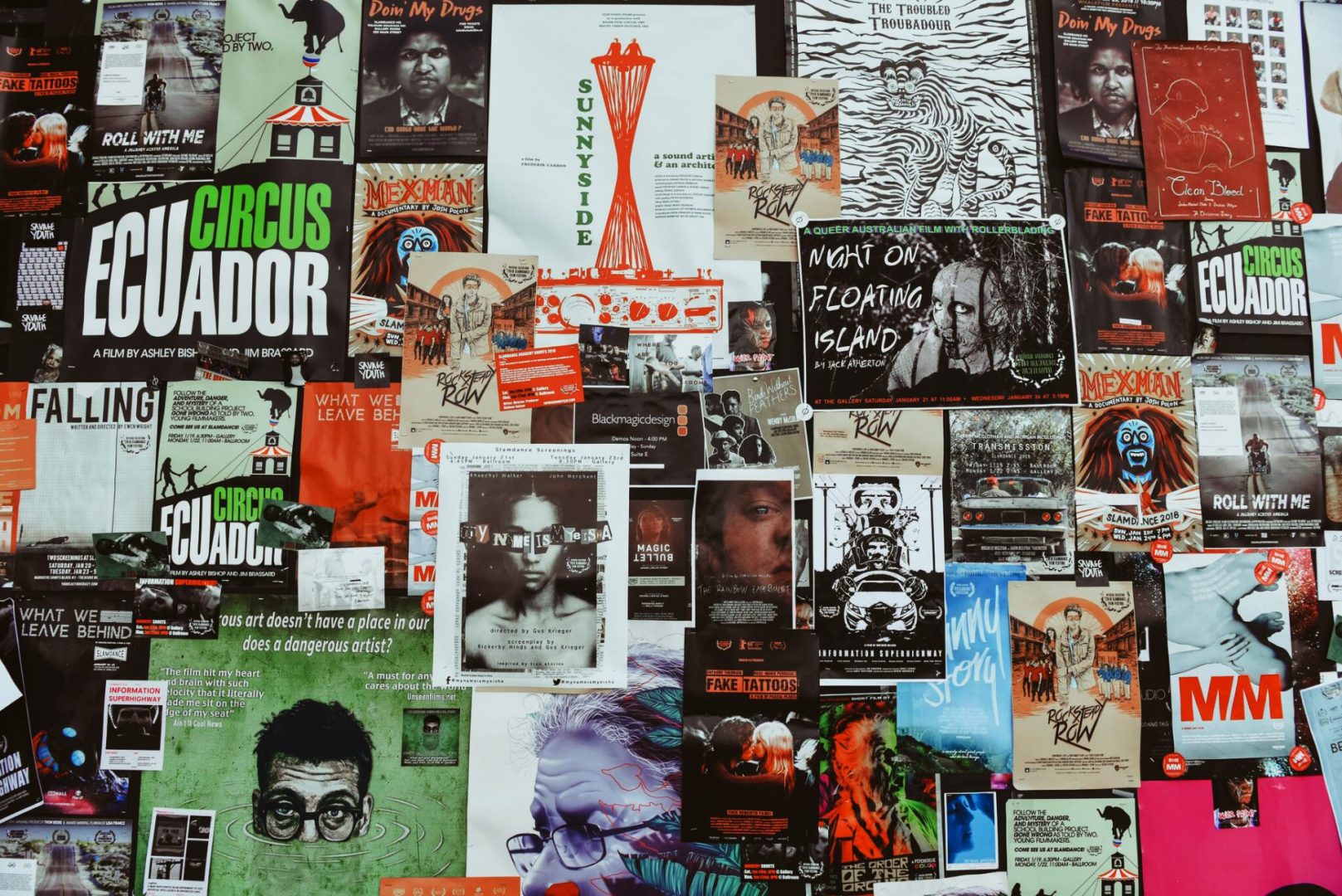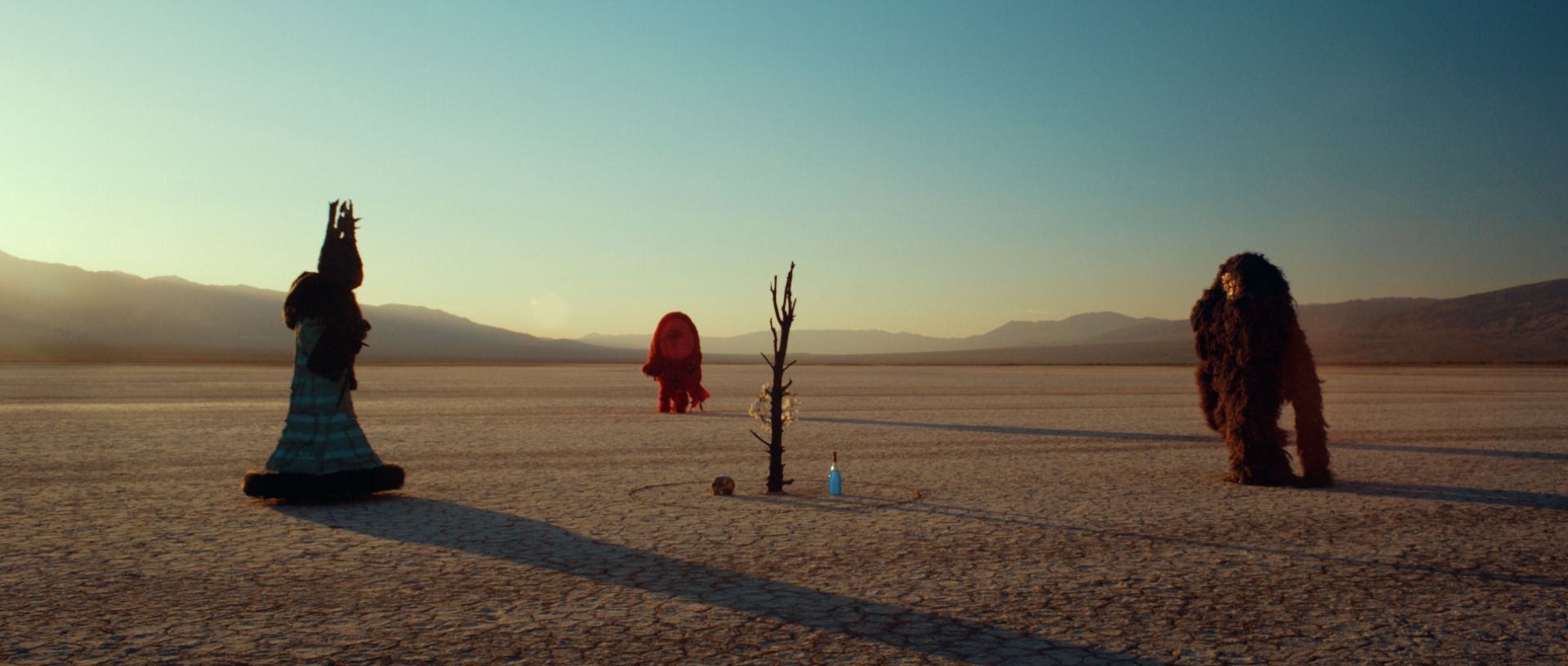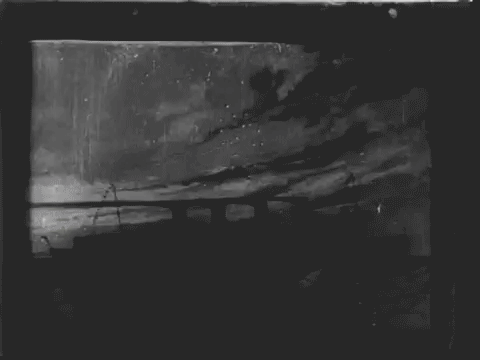Tips and Insights from Slamdance Festival Programmers We know the festival submission process can seem pretty mysterious and we want to make submitting to Slamdance a little more transparent. As our motto proclaims, we are filmmakers here to help fellow filmmakers. Most of us are alumni of the festival who have been in your shoes—confused and nervous about navigating the festival circuit with our first films. Somehow, through some combination of grit and magic, we are now on the other side as Slamdance programmers! We’ve been there, and we’ve been here, and we want to help. How programming works at Slamdance We’re all filmmakers and we’re all volunteers. Almost all of us have screened films at Slamdance. Every film submitted is watched in its entirety by at least two different programmers. We have around 150 programmers from throughout the US and around the world. They are watching your online screeners at their convenience from wherever they are in the world. Every programmer has an equal voice. We don’t have lower tier screeners acting as gatekeepers. 100% of films selected come from our submissions pool. We don’t make promises to friends or celebrities. They have to submit just like everybody else. After every film is watched and scored, our programming teams spend a few weekends in...
News From Nowhere
The Revolution in Media is Already Here
An Experiential Artist Manifesto by Dekker Dreyer The traditional media world demands that we reduce our artistic output to a short string of adjectives that fit neatly on a 3.5 inch business card. Everything that artists like myself do throws this notion into chaos. I see an email I missed from earlier. It confirms that NASA is going to participate in a panel I’m planning at Slamdance DIG (digital, interactive, and gaming) — this year I’m an organizer. It’s 4am and I’m looking out across Hollywood excited for the possibilities. I’m one of a new wave of creators that’s merging interactivity, virtual reality, filmmaking, and live events into a hard-to-explain jumble of an art scene. It feels like I’m working twenty or more hours a day and I feel alive. This week I’m launching an interactive animated film called Joy Ride with BroomX, a company in Europe that outfits spaces like hotels with 360 degree immersive projectors. Audiences will experience Joy Ride exclusively in this full room projection format at partner locations like Catalonia Hotels. I’ve never worked in this format before because it didn’t exist until a little over a year ago. This kind of shoot first, ask questions later approach is indicative of not just the kind of work that I produce, but the landscape of how...
Creatures of War and a Father’s Love
A Veteran Battles for His Daughters through Filmmaking by John Charter The making of our short creature art film, Remission, is full of disastrous filmmaking war stories — and it all began with an actual war. More on that later. Remission is foremost an “art film,” meant to be interpreted like you would a poem or a painting, with the creature costumes serving as moving art pieces. The concept centers around an unknown soldier in a state of living paralysis or a purgatory loop. Three creatures emerge as outer-body extensions of his war trauma and the ensuing nihilism that he struggles to overcome. Visions of an estranged daughter haunt the man and lead the creatures on a vast, lonely pilgrimage in hopes of restoring their once sacred connection. The symbolism of the film is inspired by the true story of Remission’s co-creator, artist Paul Kaiser. Paul served in the US Navy’s Explosive Ordnance Disposal (EOD) and was held hostage in Iraq for a possible sale to Al Qaeda. The loss of control from this event brought on a deep plunge into an existential crisis and the life he knew fell apart. The film is a reflection of his current mission to emerge from the loop and reconnect with his children. Veteran artist Paul Kaiser performs in his...
Then and Now: 100 Years of Independent Animated Documentary
By Melissa Ferrari July 20th, 2018 marks the 100 year anniversary of the first animated documentary, Winsor McCay’s The Sinking of the Lusitania in 1918. In celebration of 100 years of this genre, we take a look back at McCay’s masterpiece and celebrate some of the fantastic independent animated documentaries that have since been featured at the Slamdance Film Festival. While the question of veracity remains a point of contention for nonfiction animators even today, the genre pioneered by Winsor McCay still allows for vast creative potential. Practically, animation is a particularly invaluable tool for independent and DIY makers. While the conventional live-action documentary might turn to archival imaging or the daunting task of creating a tasteful live action re-enactment, animated documentarians can single-handedly depict any time, person, or place in the past, present, or future with just a pencil and paper. The use of animation has a variety of advantages: animations can convey what can’t be captured photographically while still providing compelling, emotional imagery. Filmmakers can depict events that aren’t physically visible to the eye, historical events that weren’t captured on film, vulnerable documentary subjects that need to maintain anonymity, events that take place in the mind (such as emotions or dreams), or even speculative futures. As an independent animated documentary, The Sinking of...




